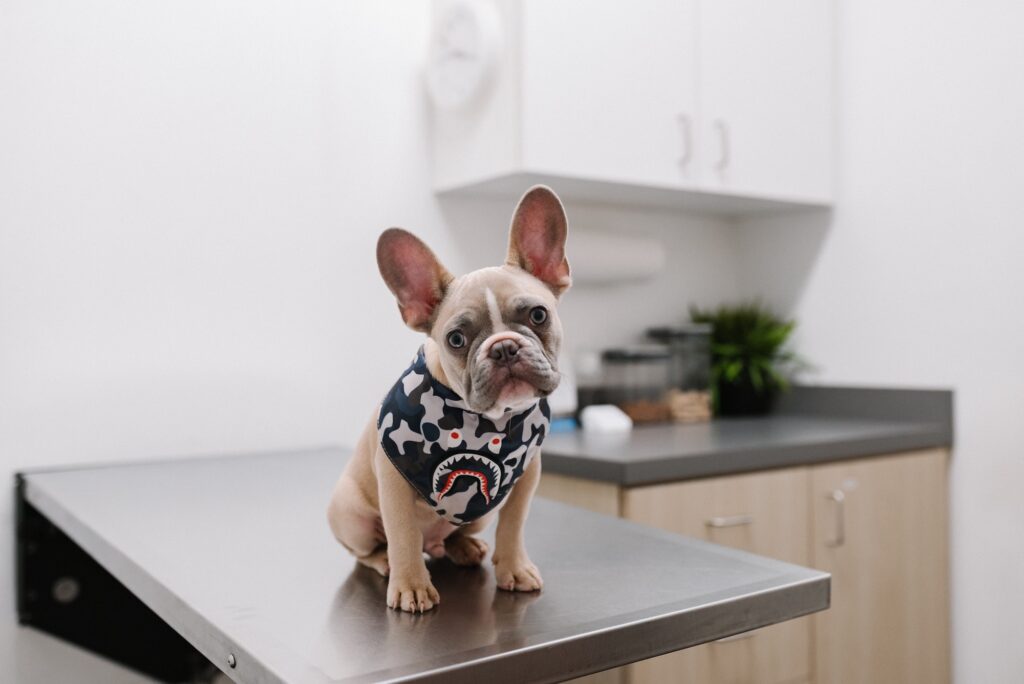VetOvation Tech Talk
Veterinary Endoscope Vs. Traditional Surgeries: A Comparison
If you’re looking into purchasing a veterinary endoscope for your practice, you’re likely thinking of incorporating endoscopic surgery into your services. When it comes to treating your patients, you want to ensure that you are providing the best possible care.› That means having a variety of veterinary surgical supplies and techniques at your disposal so that you can tailor your approach to each case. In this blog post, we will be comparing two different methods for treating internal conditions: veterinary endoscopes and traditional surgeries.
Endoscopic Procedures
Veterinary endoscopes are long, thin tubes equipped with a light and a camera. They are inserted into the body through a natural opening, such as the mouth or rectum. Once in place, the veterinarian can get a clear view of the inside of the body cavity and identify any problems. Endoscopic procedures are minimally invasive, meaning they cause less pain and trauma for the patient than traditional surgery. They also have a shorter recovery time. However, not all conditions can be treated with an endoscope. If the problem is located in an area that is difficult to access with a veterinary endoscope, or if there is significant damage, surgery may be the only option.
Traditional Surgery
Traditional surgery involves making an incision to access the internal organs. One of the biggest benefits of this mode of surgery is that with a larger incision, the surgeon gets a larger field of view and better access to the area. Another benefit is the versatility of this method. With traditional surgery, a wide range of conditions can be treated without the need for special, sometimes expensive, equipment like a veterinary endoscope. However, open surgery may not always be the best option to treat your patient even if it is less expensive. This type of surgery is more invasive than an endoscopic procedure and therefore carries more risk for infection. It also requires a longer recovery time for the patient. However, it may be necessary in cases where endoscopy is not possible or would not be as effective.
Should Your Practice Use Endoscopes?
A veterinary endoscope isn’t just a nice tool to have on hand, many surgeries may require it. For example, flexible endoscopy can remove foreign objects, diagnose and treat gastrointestinal bleeding, biopsy masses, and visualize the inside of the lungs or bladder. Rigid Endoscopes are also commonly used in minimally invasive surgeries, such as spays and neuters, and for orthopedic procedures like arthroscopy. Veterinary practices that frequently perform these procedures can greatly benefit from veterinary endoscopes. Endoscopic veterinarian equipment allows veterinarians to perform more accurate diagnoses and less invasive surgeries, resulting in quicker recovery times and improved outcomes for their animal patients.
Vetovation | Veterinary Endoscope
When choosing between purchasing a veterinary endoscope for endoscopic surgery or opting for traditional surgeries, there is no easy answer. The best course of action will vary depending on the individual patient and their condition. However, knowing your options is essential in providing the best possible care for your patients. Are you looking for high-quality tools to take your veterinary practice to the next level? Vetovation can help! From otoscopes to endoscopes, we provide a variety of veterinary surgical supplies to veterinarians all over the country. To learn more about Vetovation, visit our website today.
